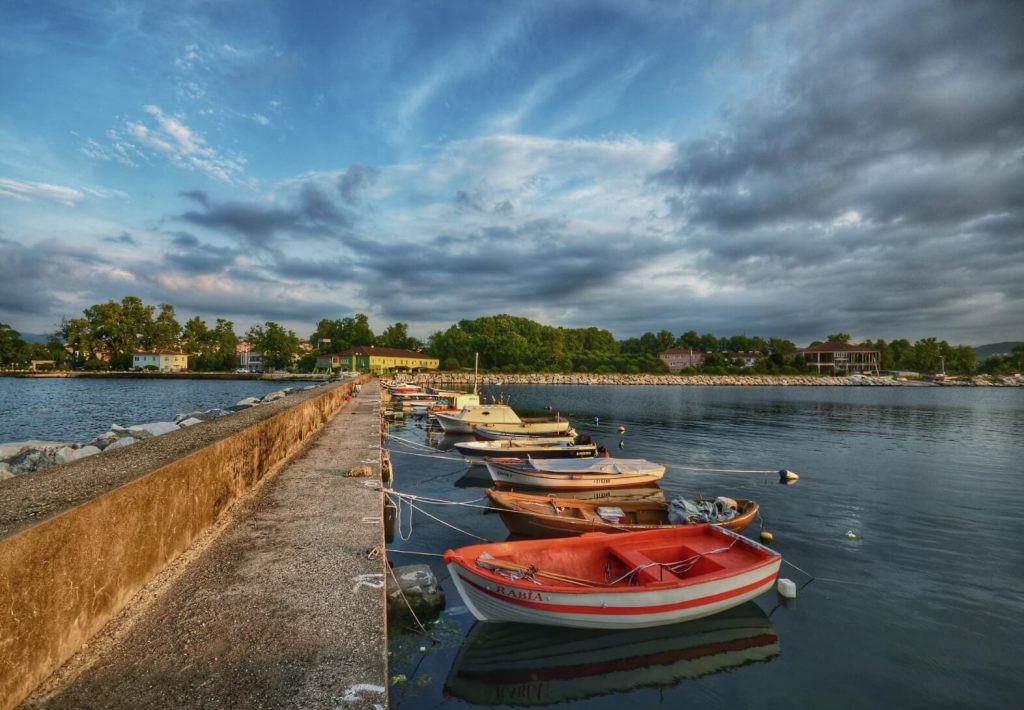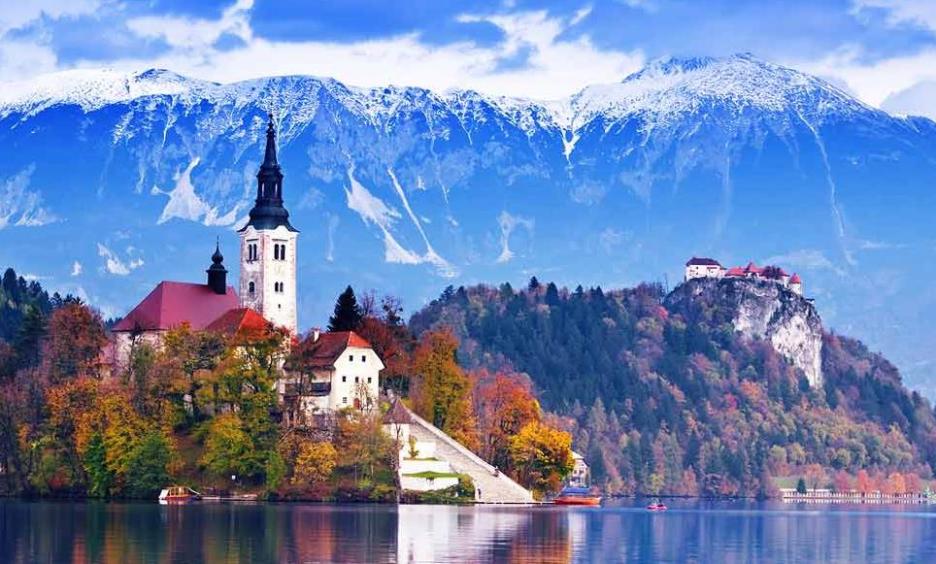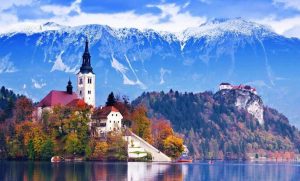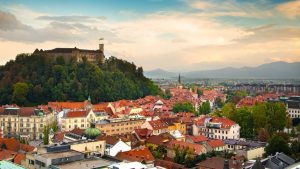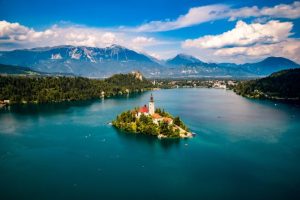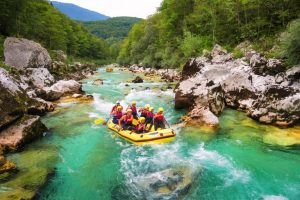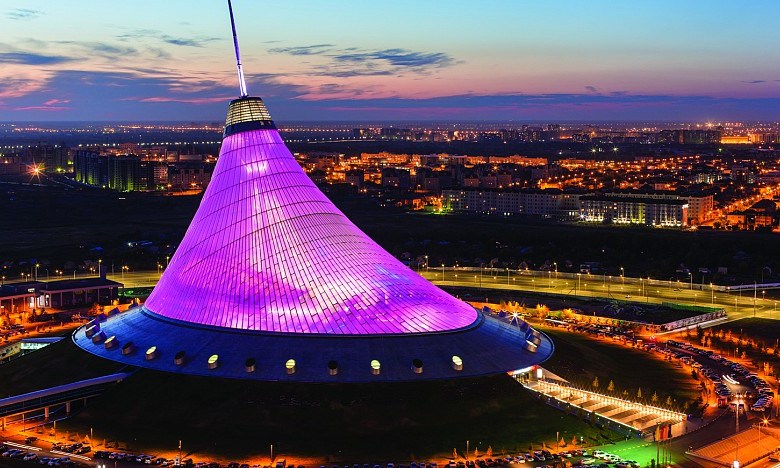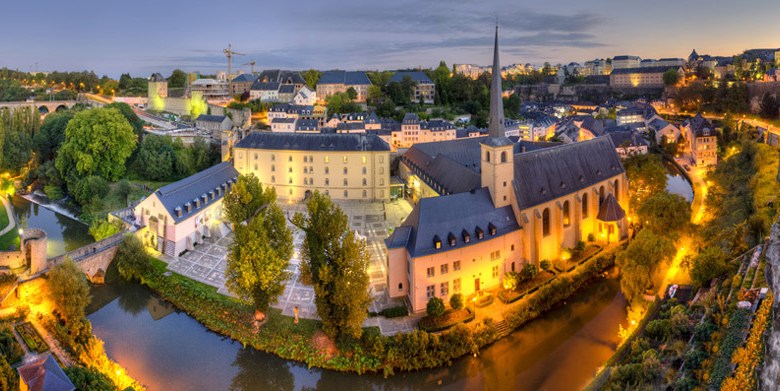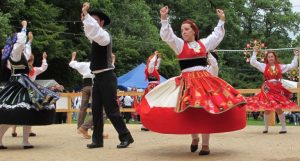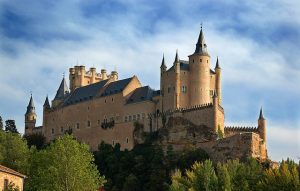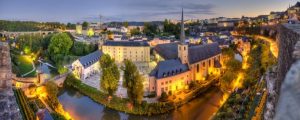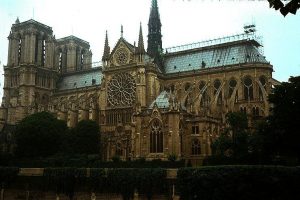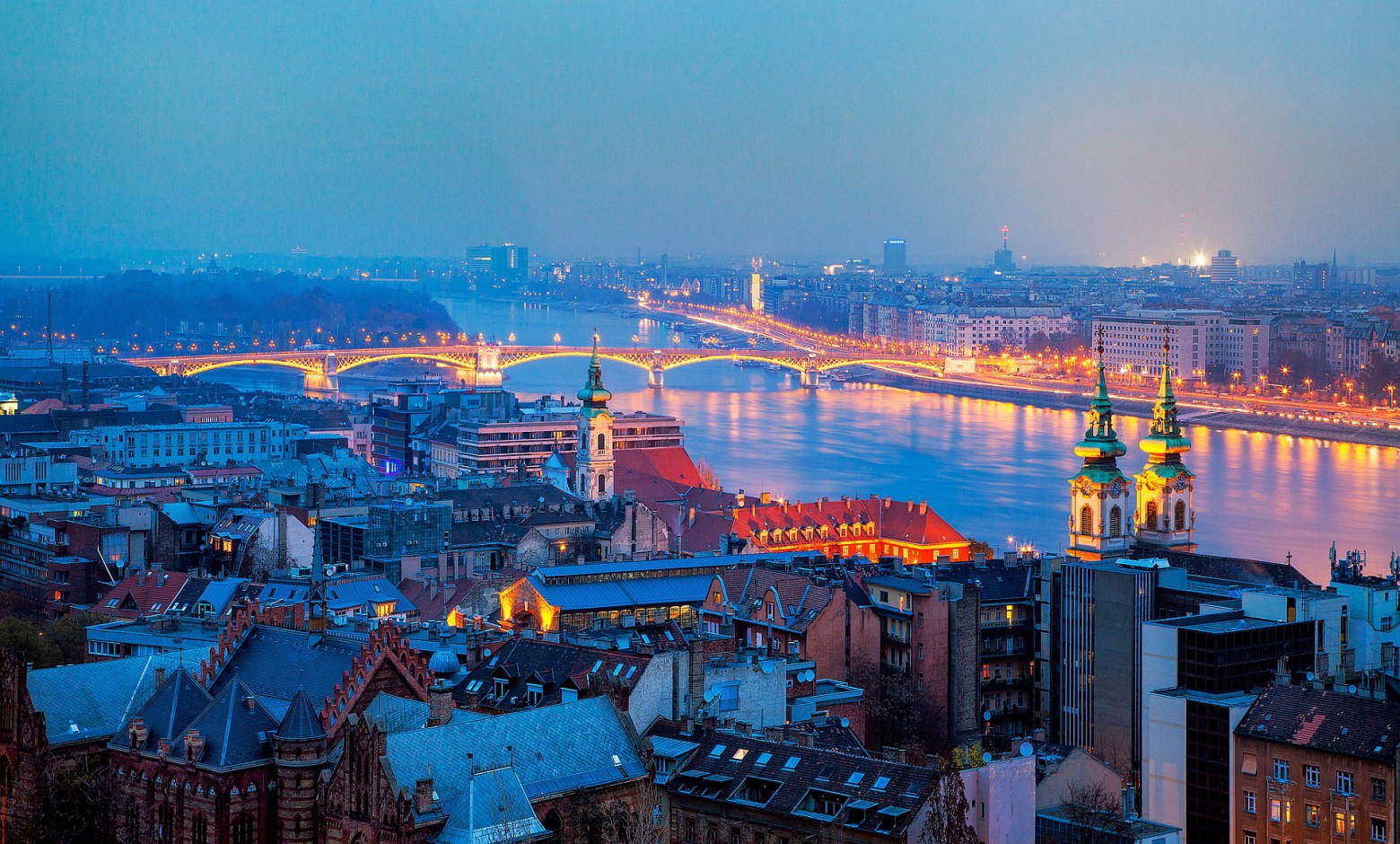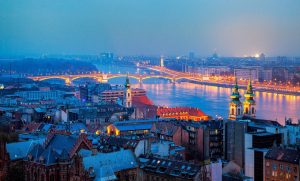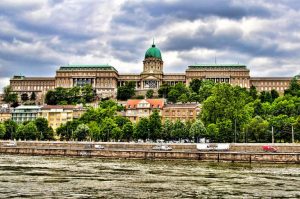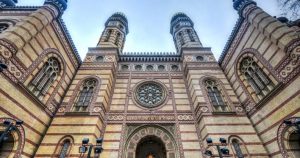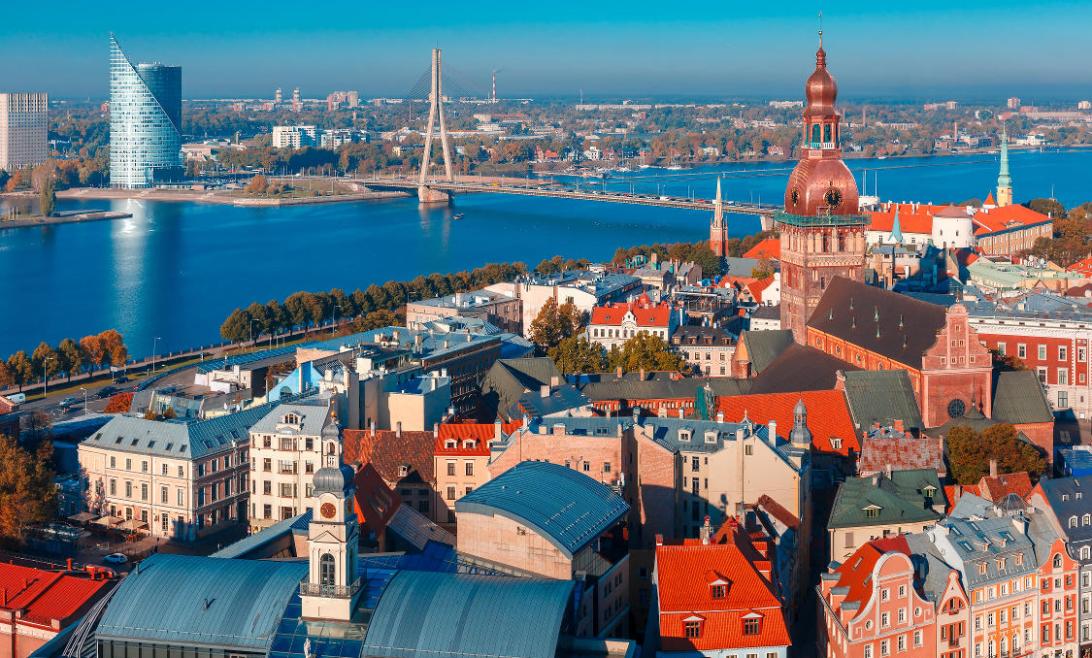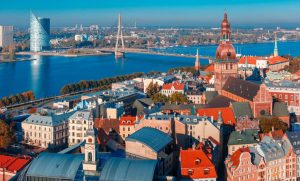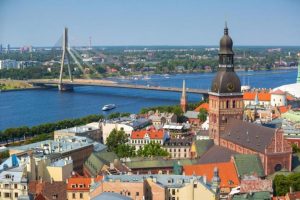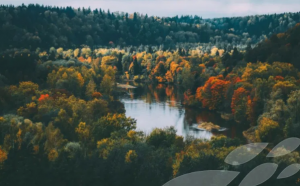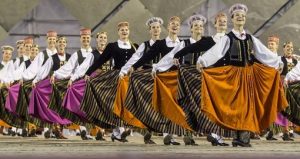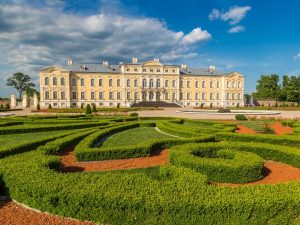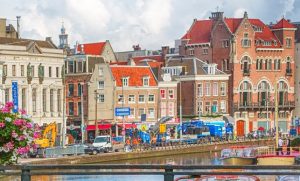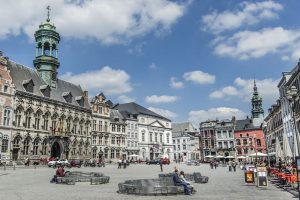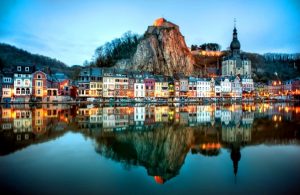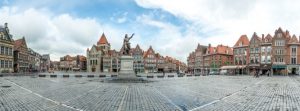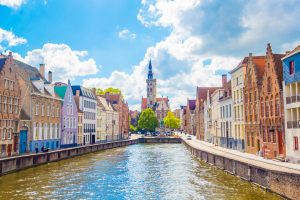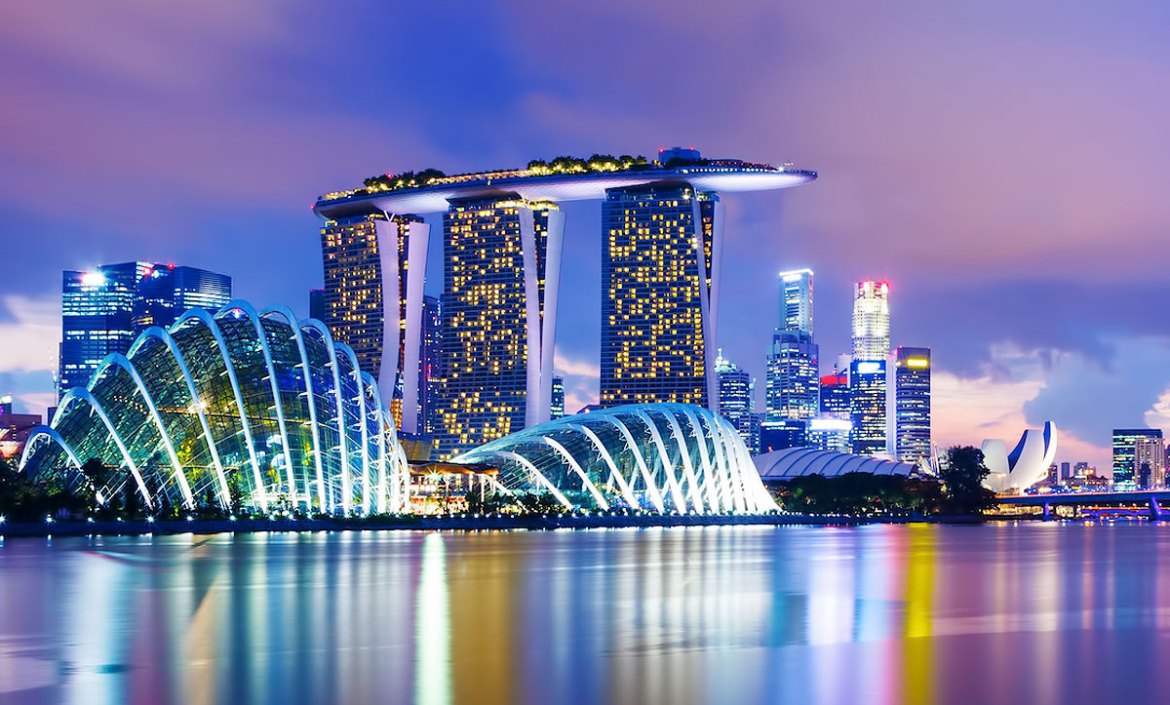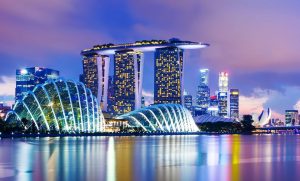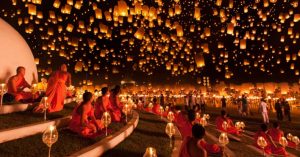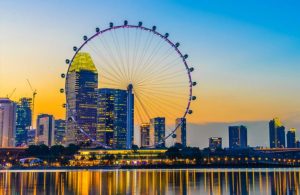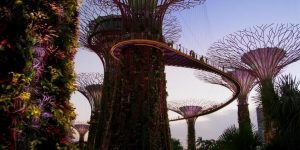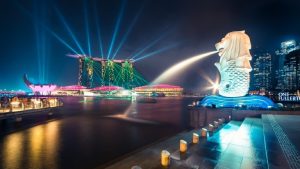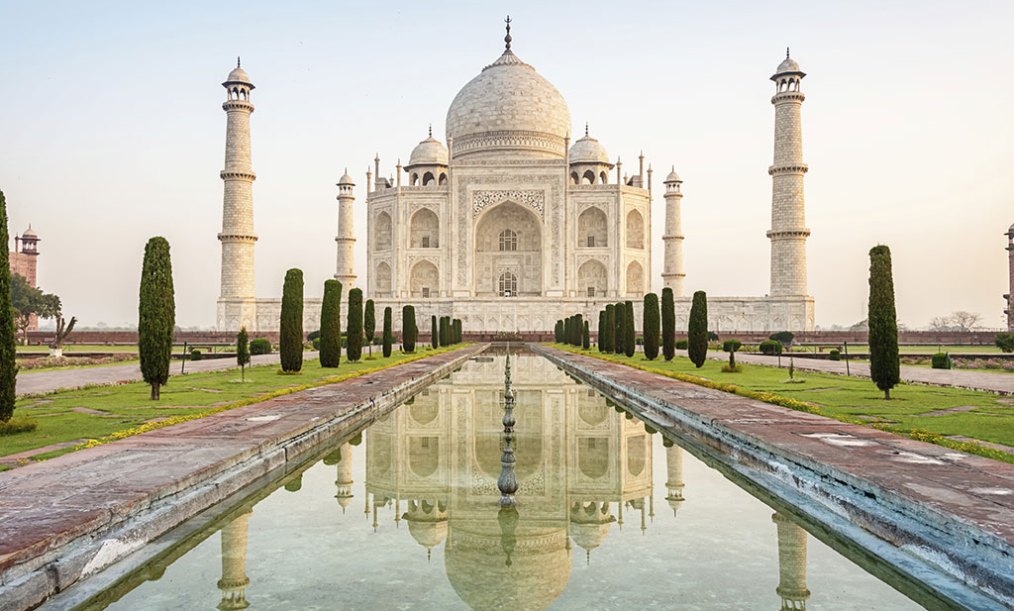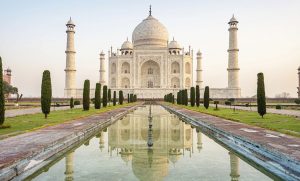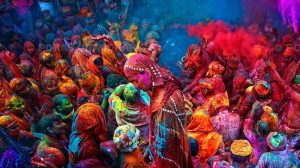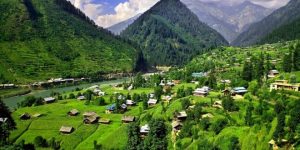Tourism in Kazakhstan
Tourist places in Kazakhstan
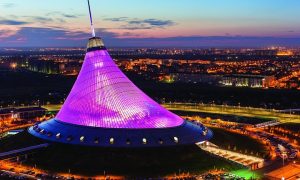
The Republic of Kazakhstan is famous for its picturesque nature, as Kazakhstan is one of the most beautiful tourist destinations thanks to its distinguished geographical location between Europe and Asia. Find out through this tour guide the best cities and the most appropriate time to visit them.
Kazakhstan, Kyrgyzstan, or Kazakhstan (as it is spoken by the Turkic peoples), or Qebjaq, as it was called in the past, in Kazakh. And Kazakhstan means the homeland of the Kazakh people, who are spread in Russia, China, Turkey and Uzbekistan, in addition to Kazakhstan.
With the emergence of the modern Kazakh state, the term “Kazakh” was used on the citizens of Kazakhstan, regardless of their origins. And the word “kazakh” is a Turkish word of origin, meaning “free and independent,” which symbolizes the life of free nomads and the inhabitants who move freely on horseback.
As for the term “stan”, it is a Persian word meaning “home” or “land.” By this, Kazakhstan means “the home of the free.”
Culture and history
Kazakhstan has been inhabited since the Neolithic era by humans – they were hunters and ranchers, and scholars of human history believe that the Indo-Europeans were the first to domesticate and use horses, and Central Asia was inhabited by the indigenous Indo-Aryan peoples, especially the Scythians. In the fifth century AD, and perhaps before that, the Turkic peoples settled and became the majority.
In the eleventh century, the Kumans entered it and settled its plains, then united with the Qafjak tribes and formed the vast Koman and Qafjak federation. In this era, the cities of Taraz and Hatra Turkestan formed the main centers on the Silk Road.
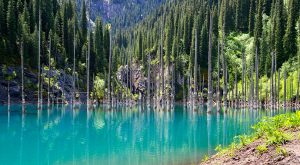
The political union of the country began after the Mongolian invasion in the thirteenth century AD, who established sectors and organized the politics that developed in the form of a state known as the khans of Kazakhstan or Kazakhstan.
The culture of nomadism, nomadism and the care of livestock continued as a way of life in the highlands, and in the fifteenth century the emergence of an independent Kazakh identity, especially among the Turkish tribes, which was settled in the sixteenth century by the development of the Kazakh language, culture and economy.

The folklore of Turkish literature is represented by myths, tales, proverbs, wisdom and poems that speak of great heroics and deeds. Fantasy literature stems from the folklore, the first examples of fine arts related to the Stone Age. It is embodied in the Karatu and Kantau mountains in the form of animal images engraved on the rocks.
Within the ancient tribal arts, carpets are decorated in different ways, and during the period from the 5th to 7th centuries, contemporary forms of Kazakh carpets were created.
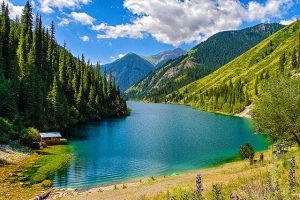
And in the period between the 8th and 12th centuries in the cities of Gassi, Uttirar, Syjanak and others, many types of art were developed. Pottery vessels and vessels were used to conserve water, scenes from life were depicted, and different colors were used in paint (black, brown, yellow, and red). As for leather and metal products, they were decorated with various forms of the national heritage.
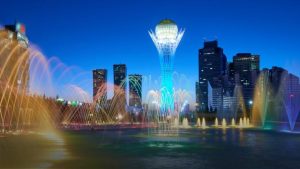
Tourist areas in Kazakhstan
Kandy forests; Lake flooded forests
Lake Kandy was formed as a result of an earthquake in 1911, which led to a large collapse of the ground over an area of more than 400 meters in the Tien Shan Mountains, and with the fluctuating weather factors and precipitation, this natural formation began to fill with water to form the lake and inundate the sunken forests containing pine trees And others.
The tops of trees on the surface of the lake look like spears or ship masts, and deep in the lake they are full of leaves and greenery. You can see the depth of the lake from the mountain; Thanks to the clear and clean waters that descend from it, you discover the submerged forest at its bottom, and in the winter an ice layer forms on the surface of the lake that enables you to ski or catch salmon.
The water of the lake is characterized by its coolness in summer and winter, as the water temperature does not exceed six degrees in the summer, and it has been preserving perennial pine trees for more than 100 years.
Sirarka; Nature reserves and lakes in northern Kazakhstan
On an area of 450,344 hectares, there is a nature reserve belonging to the state of Norzum, and another reserve in the state of Korgalzhin; This exceptional area is characterized by its humidity favorable to endangered water birds such as Siberian crane, palas hawk and wrinkled swans.
Sarika is a meeting point for migratory birds towards Central Asia, or from Africa, South Asia and Europe in general. The steppe is nearly 200,000 hectares of refuge for rare plant species and birds, and the saiga antelope is also threatened with extinction. The region includes freshwater and saltwater lakes between rivers that flow towards rivers flowing north to the Arctic and south towards the Ara Erich basin.
Astana; The modern capital
Astana is the capital of modern Kazakhstan, after Almaty. Astana has developed very quickly economically and in terms of tourism, and it includes several landmarks and places that are the main factor in tourist attraction, including:
Atameken Museum; Or a map of Kazakhstan; It is an open museum on a huge area that includes more than 400 models of various Kazakh antiquities.
Bayterek; The Tree of Life is a tower that rises 105 meters from the ground, topped by a 22-meter-diameter golden ball, in the center of which is a platform overlooking the city, and the Bayterek Tower symbolizes the sacred tree of life, on whose top the happiness bird laid an egg, according to Kazakh mythology. The tower contains a golden sculpture embodying the right hand of President Nizar Bayev, and a special fish tank specially designed for this tower.
Almaty is the largest city in Kazakhstan, inhabited by more than a million and a quarter people, it is the ancient capital of Kazakhstan, and it was the military fortress of the state and its commercial and cultural center. A city full of hotels, restaurants, attractions and monuments, and it contains a museum displaying the history of Al-Qazaa and ancient monuments. It also contains Panflov Square, famous for its Russian wooden churches, which were built without the use of nails in the nineteenth century. The city extends to Lake Balkhash, known as the country of the Seven Rivers, and the Silk Road passes through it.
